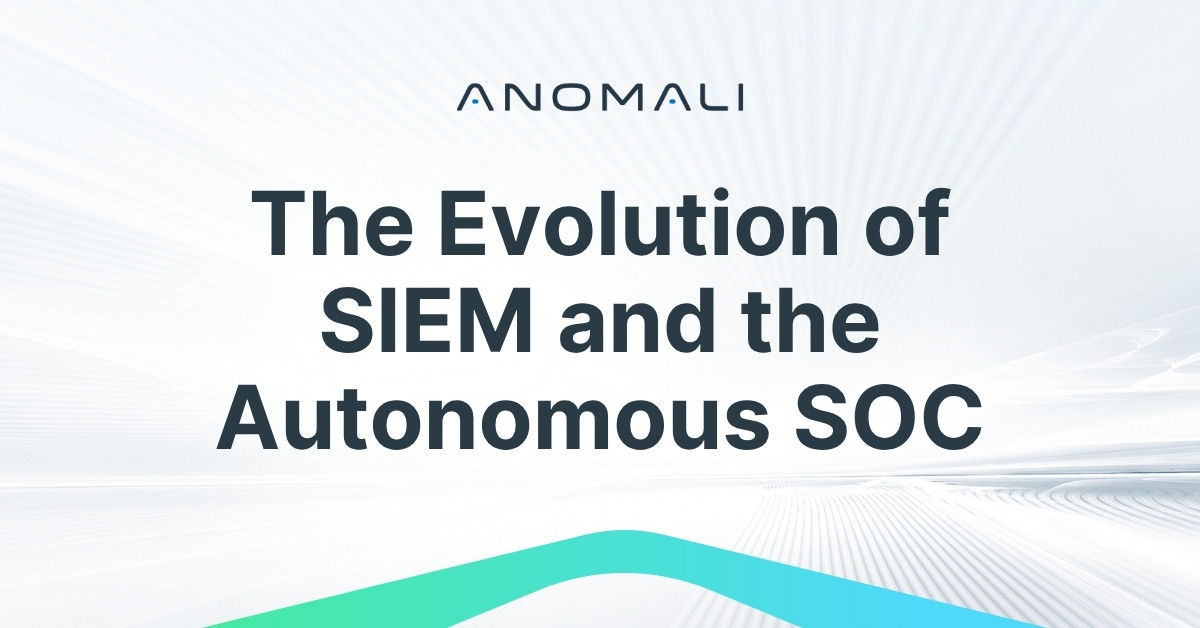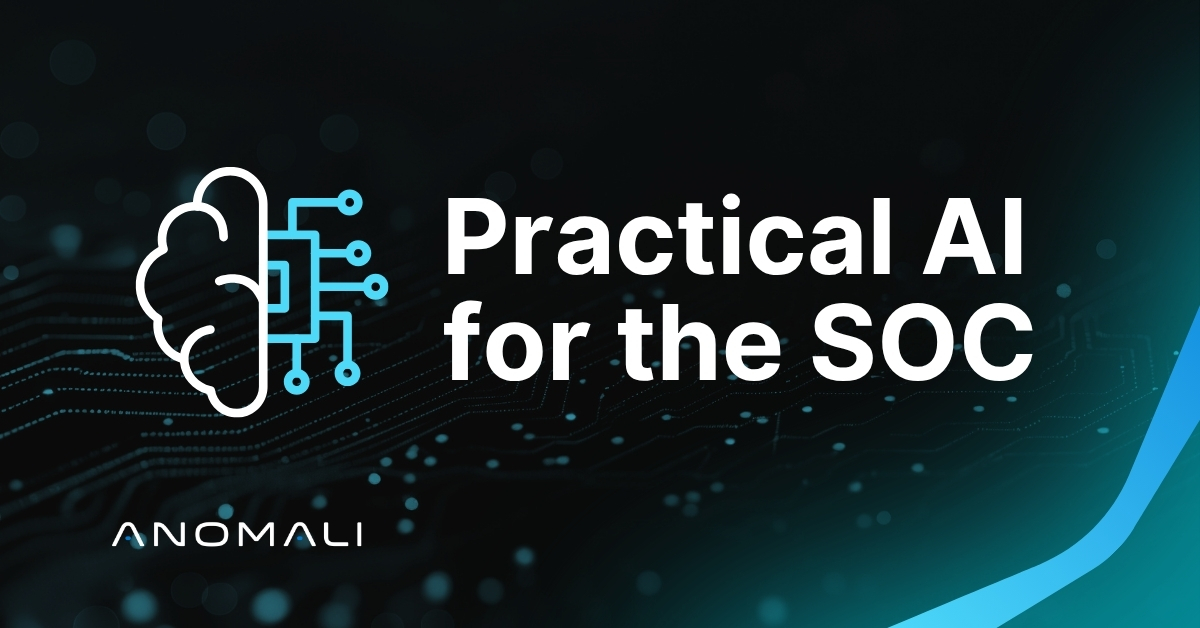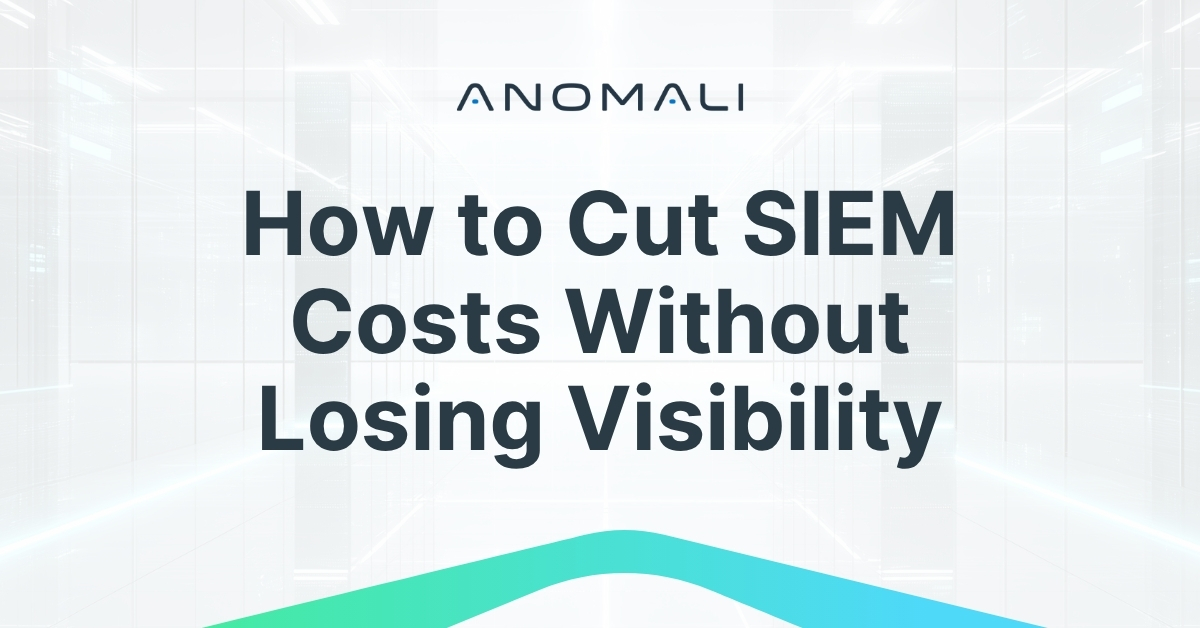Evolving the SIEM: Agentic AI for Action-Oriented SOCs
Agentic AI makes SIEMs an active part of your organization’s defense, enabling autonomous detection-to-response workflows without constant human prompting.


The SIEM has been a vital SOC tool for decades, but Agentic AI is bringing the technology into a new era. Agentic AI redefines the nature of SIEMs, evolving beyond “systems of record” or “systems of intelligence” and creating “systems of action.” These ultra-modern SIEMs can perform tasks autonomously—without prompting—following directives and parameters set by your organization, supercharging your defense.
How We Got Here: The Evolution of the SIEM
SIEMs have undergone many changes over the years in response to shifts in the threat landscape. They’ve moved from passive ledgers to intelligent alert systems, and now, to active command centers.
- System of Record: The earliest stage of the SIEM was the “system of record” to collect and store logs. These were passive platforms, documenting events for audit and compliance requirements. Security teams manually (i.e., slowly) sifted through log data to identify threats or suspicious activity
- System of Intelligence: As data volumes grew and threats became more sophisticated, SIEMs evolved into "systems of intelligence." These platforms analyzed logs from different sources, identified patterns, and raised alerts. While improving analysis and correlation tasks, such SIEMs produced a flood of alerts which were up to the analyst to resolve (i.e., whenever he could)
- System of Action: Today’s most advanced SIEM platforms are transitioning to “systems of action,” able to respond to threats through intelligent automation and Agentic AI. These platforms ingest and enrich data; prioritize alerts by risk and relevance; and make recommendations to guide response workflows. SIEMs with these capabilities actually participate in defense, freeing up team members to focus on prevention and strategic analysis (i.e., the hard stuff).
What is Agentic AI?
The fundamental difference between traditional AI and Agentic AI comes down to the ability to perform tasks. Agentic AI doesn’t just passively respond to inputs; it acts like an autonomous agent. It can set goals, make decisions, take initiatives, and perform multi-step tasks—all without constant human prompting. Agentic AI also maintains long-term context. It can learn from its past actions and then influence future actions, again without the need for a human prompt.
Human oversight lies within the boundaries set for Agentic AI. Like all new technology, organizations need to assess Agentic AI against their risk tolerance and other policies. Certain functions may need human intervention, but many others won’t. That’s how Agentic AI amplifies the effectiveness of a security team.
How Agentic AI Can Supercharge Your SOC
Let’s look at an example given by former S&P CISO and Anomali Chief Growth Officer George Moser:
An organization’s outsourced HR firm is hit by a spearphishing attack, enabling a multi-factor authentication (MFA) token to be reset. With a successful password entry, successful MFA completion, spoofed IP address, and other source details, the threat actor is able to access the environment.
With a “system of record” SIEM, everything looks legitimate in the logs, and the entitlement actions are in line with policy. But a “system of intelligence” SIEM correlates this data with a drop in outbound email sent from that account (the account owner is maybe on vacation); anomalies in entitlement uses within the same timeframe; and the recent MFA reset. The latter SIEM could raise an alert, but its work stops there.
A next-gen SIEM with Agentic AI would take that high-probability alert and launch into its workflow:
- Acknowledge the Alert: The AI identifies the alert as a high-probability threat.
- Correlate Data: It automatically pulls and correlates data from all relevant sources—endpoint data, network logs, identity information—to confirm the threat.
- Identify Vulnerabilities: It cross-references the threat with your organization's known vulnerabilities to identify the potential points of entry.
- Alert the Human Team: The AI then sends a high-priority alert to the human security team, presenting insights so analysts can take action quickly.
By implementing Agentic AI, your security team can achieve a level of operational speed and efficiency impossible with manual processes alone. It allows your human analysts to focus on what they do best while the AI handles the repetitive, time-sensitive tasks. This shift is essential for accelerating the entire detection-to-response lifecycle and countering AI-powered adversaries.
The future of the SOC isn't about replacing human analysts; it's about empowering them with autonomous, intelligent tools that amplify their effectiveness.
Get more insights about SIEM for the AI era in the full webinar.
Discover More About Anomali
Get the latest news about cybersecurity, threat intelligence, and Anomali's Security and IT Operations platform.
Propel your mission with amplified visibility, analytics, and AI.
Learn how Anomali can help you cost-effectively improve your security posture.




